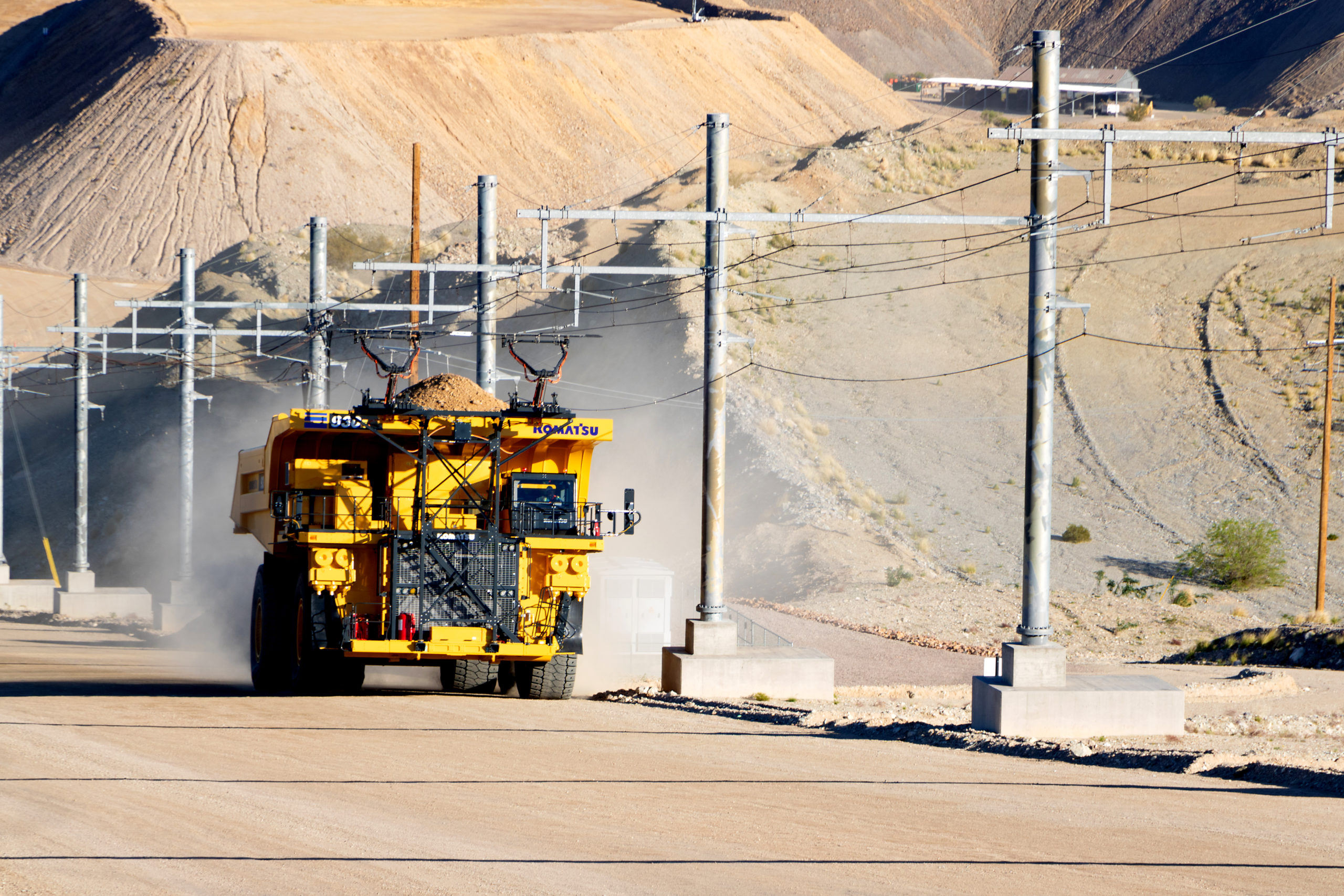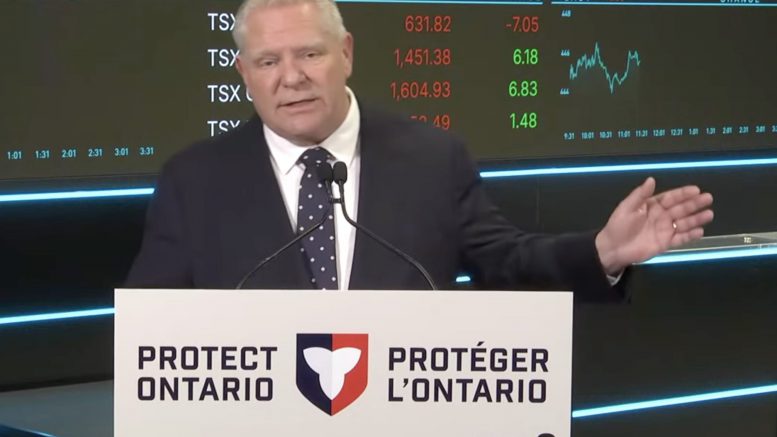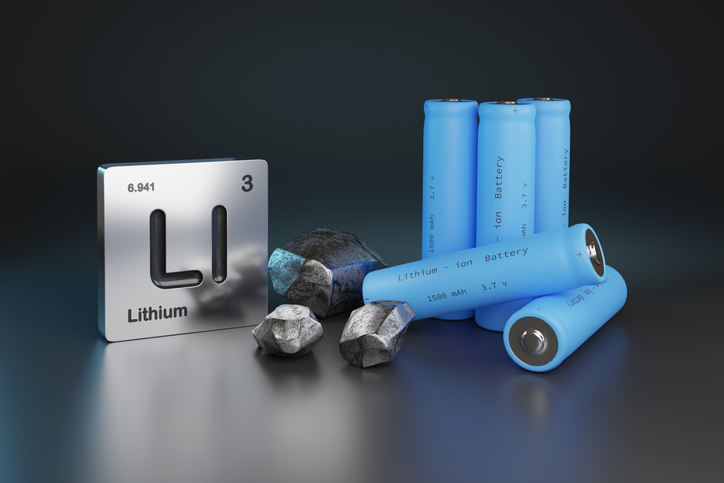Charging up lithium mines in Canada

The world is starting to see the beginning of a transformational phase in mining especially as it comes to lithium, a new hot commodity. While lithium has been used in some ceramics and glass, lubricating greases, continuous casting fluxes among others, its demand is growing with the rise of electric cars that use lithium-ion batteries. In fact, electric vehicles, are now responsible for 71% of global demand for lithium, according to Natural Resources Canada. Before the battery rush over the past decade, lithium carbonate prices have been notoriously volatile. However, the winds are beginning to change in response to new demand from the green technology and automotive sectors.
More and more, increased exploration into lithium mining is fuelling potential prospects, while new undertakings add momentum to the green future. Canada has an opportunity to lead the world’s lithium market and perhaps even far surpass our work in the oil and gas industry. While most in the mining industry know, it is not a small number to quote that there are 2.9 million tonnes of lithium resources (M+I, inclusive of reserves) in Canada (Source: Natural Resources Canada). The question of what is being done about it is not as clear and perhaps Canada is missing out on an opportunity to become a world leader in this space.
It is fair to say the strong demand for lithium suggests new projects will be very lucrative. Given today’s climate change initiatives and the quickening progression to renewable sources of energy, exploration activity and the resultant potential mining is a growth industry. Now, as fuel prices for the end consumer are reaching record highs, consumers and businesses continue electrification at a rapid rate. This is putting a never-before-seen increased pressure on the mining industry to get more lithium out of the ground. Several auto manufacturers, including Kia, General Motors, Ford, and Nissan have suggested that wait times for new e-vehicles are up to three years (Source: Financial Post). This opportunity is ripe for the taking. Let us also not forget about the rise of other electric mobility options in major cities, such as trains, buses, e-scooters, and e-bikes.
In northwestern Ontario, we are well positioned to take on this work. We have a deep-rooted history as a mining centre for Canada, providing labour, equipment, and resources for numerous mining projects for generations. We are a major supplier to the gold industry, as well, with close to 1.6 million oz. of gold forecasted to come out of Thunder Bay by 2023 (Source: City of Thunder Bay). Of course, at a small level, we also mine lithium — the new gold. Unionized mechanical contractors in Thunder Bay are excited to leverage our talented and highly trained skilled trades and deep knowledge and expertise in mining to extract the world’s new gold. The process to mine lithium is no different than the other metals allowing transferable resources from our current workforce. We have the technology, infrastructure, skilled labour force, environmental and safety best practices, and training facilities run by our partners at the UA Local 628. We are shovel ready. Which begs the question, what is holding the industry back from going “all out” on lithium deposits? Why has the pick-up in Canadian lithium mining been slower than in other parts of the world?
Some aggravating factors impeding new mining ventures include slow moving regulatory bodies, investment appetite, economic climate, and, to a lesser extent, skilled labour shortages.
Environmental hurdles, navigating bureaucracy, and access to remote sites has also made it challenging. Skilled labour shortages are a factor, and promotion and recruitment of trades and heavy industry is required to fill the impending void. What makes the unionized pipe trades in the region unique is that we are ready to recruit and train more bodies as soon as mining projects reach critical mass and break ground. We also work closely with Indigenous communities and businesses, who make up an important part of our work force and contribute to the success of these projects.
According to the Mining Association of Canada (MAC), this country mines in the most socially, economically, and environmentally responsible way, making it one of the safest places on earth to mine. MAC’s internationally recognized Towards Sustainable Mining initiative shows how trusted and recognized Canadian mines are. Our standards and practices are so sought after that they are used around the world.
Most mining communities experience a finite life however, long after the mines close — a strong community remains — ready and waiting for the next opportunity. This alone should encourage the government to feed this local economy with opportunity. Just from lithium alone, dozens of trades will be needed. Starting with construction, building trades, technical personnel (engineers and technologists), project managers, QA/QC personnel, and more. Once operational, miners, maintenance personnel, technical staff, mechanics, heavy equipment operators, as well as spin-off support industry staff will be needed.
Across the country, the industry employs near 400,000 workers from mineral extraction through to manufacturing. It indirectly employs another 315,000 people who support these mining communities (Source: MAC). According to MAC, mineral exports made up 21% of Canada’ total exports with the sector feeding around $107 billion (or 5%) to Canada’s nominal GDP. That is no small feat.
Northwestern Ontario is just one example of a story playing out in many mining communities across Canada that are ready to explore and develop new lithium ventures. All with easy access to the knowledge needed and a skilled labour force equipped with the technical expertise.
It remains clear that to meet worldwide demand, it is a lot more than just about having the resources — it is about working through the barriers to production and allowing these projects to ramp up quickly. Undoubtedly, Canada, especially northwestern Ontario, has the resources, training centres, technology, skilled workforce, and expertise to seize this enormous economic opportunity.
Eric Niemi P.Eng., MBA is president, Mechanical Contractors’ Association of Thunder Bay; industrial manager, Clow Darling Mechanical Contractors.





Comments